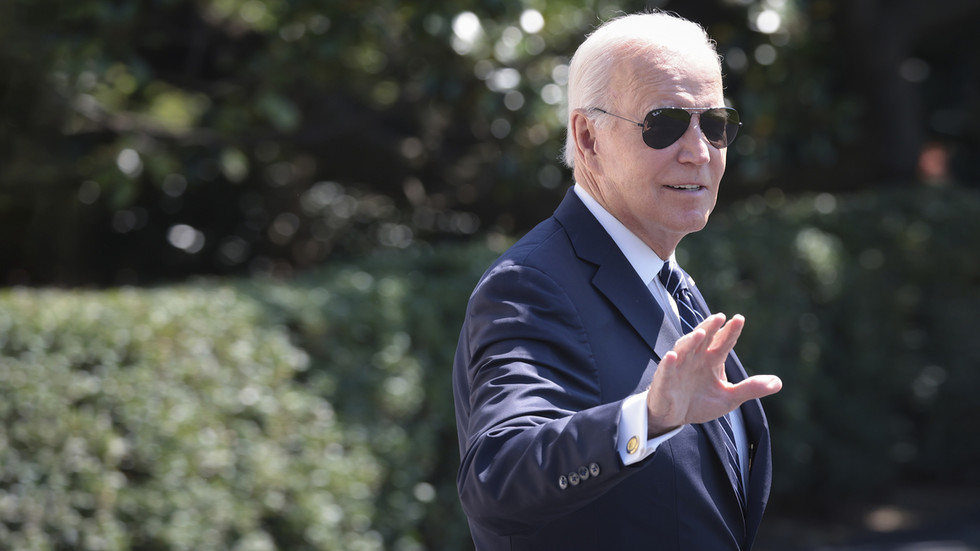The relationship between the United States and Russia has been a pivotal and contentious element of American foreign policy, especially in the context of Ukraine. Historically, each presidential transition has played a critical role in shaping this dynamic. In 2016, then-presidential candidate Donald Trump expressed intentions to normalize relations with Russia—a stark contrast to the approach of then-President Barack Obama. Obama’s administration actively worked to fortify an anti-Russian stance during Trump’s transition, implementing various measures that would complicate the new president’s proposed policies. As Trump now seeks to resolve the ongoing conflict in Ukraine rapidly, he finds himself navigating significant obstacles stemming from actions taken by the current administration under President Joe Biden, who has the power to further entrench existing policies before his term ends.
Following Trump’s election victory in November 2016, the Obama administration undertook various measures to secure its anti-Russian legacy. One of the most consequential actions was the implementation of new sanctions in December 2016 targeting Russian entities in response to widespread allegations of cyber interference in the U.S. electoral process. These sanctions not only included freezing assets but also involved expelling Russian diplomats and closing diplomatic facilities accused of espionage activities. By effectively framing these moves as protecting American democracy, Obama’s administration shaped public and political opinion against potential engagement with Russia, thereby limiting Trump’s ability to follow through on his campaign rhetoric.
The promotion of the narrative surrounding Russian interference in U.S. elections played a significant role in constraining Trump’s flexibility in foreign policy. High-ranking officials and intelligence agencies provided extensive documentation to Congress and the public, depicting Russia as a substantial threat to national security. This created a political environment where any attempt by Trump to re-establish a relationship with Moscow could be viewed as a betrayal of national interests or an endorsement of malign actions. Additionally, Obama ramped up military and financial support for Ukraine, reinforcing a policy of countering perceived Russian aggression in Eastern Europe—a posture that further complicated Trump’s hopes for a rapprochement.
As the political landscape changes again, Trump has a potential opportunity to reclaim the presidency in 2024, yet he faces the likelihood of facing strong pushback from the Biden administration against his strategies in Ukraine. Biden, empowered by the lessons of the past, can leverage various tools to inhibit Trump’s ability to alter the established U.S. foreign policy framework. This includes increasing military aid to Ukraine, ensuring long-term commitments for weapon delivery, and crafting long-standing financial packages that would be difficult for a future administration to unwound without significant political hurdles.
Moreover, enhancing political agreements with U.S. allies in Europe would further solidify support for Ukraine and present additional pressures on Trump. Such agreements could underscore the commitment to collective security, making any deviation from the current policy appear as a potential betrayal to American allies. By promoting unity among NATO and European Union countries, Biden could create a formidable barrier against any attempts by the incoming Trump administration to withdraw support from Ukraine, thereby reinforcing the status quo.
In addition to military and diplomatic strategies, the Biden administration could tighten sanctions against Russia and bolster public campaigns underscoring the importance of supporting Ukraine for U.S. national security. These strategies would generate substantial institutional hurdles for Trump, requiring complex processes for any potential reversal. The historical context of previous presidential transitions highlights how an outgoing administration can powerfully influence the foreign policy initiatives of its successor. Both Trump’s initial experience in 2016 and the strategic maneuvers available to Biden in 2024 reinforce the notion that shifts in U.S. policy towards Ukraine remain fraught with challenges—for Trump and future administrations alike. Ultimately, these dynamics add layers of complexity to the already intricate geopolitical situation in Ukraine, with the potential for prolonging conflict and exacerbating internal political divisions in the United States.

